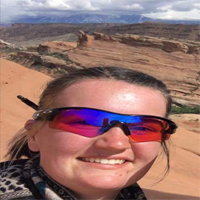 |
Terryl Bandy - Masters Degree
Terryl completed her master's degree in May 2019 with a research on a geochemistry of sediments from the Permian Basin to constrain the local, basinal, and global redox conditions using Fe speciation, trace metals, and thallium isotopes.
|
 |
Allison Brown
Allison is a Geology major working on Triassic-Jurassic trace metal concentrations in conjunction with our involvement in Alaska research. Our goal is to better constrain local to global redox conditions during this mass extinction event. Now a PhD student at the University of South Carolina.
|
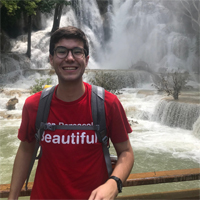 |
Brett Farrran
Brett graduated with an environmental science degree. He helped analyze using thallium isotopes to better constrain long-term changes in marine oxygen conditions prior to- and after OAE-2. This research began during the summer as an MagLab REU student, and continued for several semesters. |
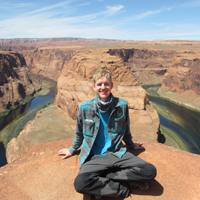 |
Brett Holdaway - Masters Degree
He completed his master's degree in September 2018 with a research project that involved the initial rise in oxygen at or before the GOE and it's associated consequences. With this he hopes to luminate a more precise and accurate time frame for when ocean oxygenation changed.
|
 |
Tianyi Huang – MIT/WHOI Joint Program Student
Tianyi helped in developing and analyzing V isotopes in modern seawater.
|
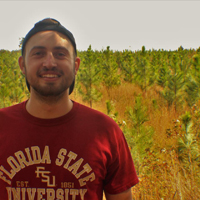 |
Adam Karl
Adam is master's student (former environmental science undergraduate in the lab) that is now working on trace metal accumulation in local karsting features. Adam has previously worked on heavy metal transport modelling using the PHREEQC software.
|
 |
Allison Keller - Masters Degree
Allison's masters research focused on constraining the extinction record during OAE2 (~91 million years ago) to better understand if the record is truly a global and simultaneous event.
|
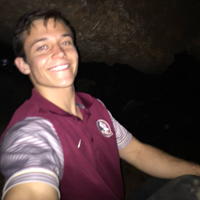 |
Dalton Langford - Undergraduate Degree
Dalton finished his undergraduate degree in May 2018. His interest were to better understand the paleoclimate before, during and after major warming periods in Earth's history, as well as carbon sequestrations, alternative energy sources, and water shortage issues.
|
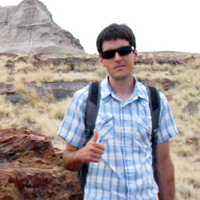 |
Matt Leroy
At FSU | NHMFL Matt measured Tl isoptopes on black shales from the SPICE and F/F boundary event to constrain the timing and variability of deoxygenation as related to carbon istoope stratigraphy and biological extiniction.
Ph.D. Candidate at Virginia Polytechnic Insitute and State University
|
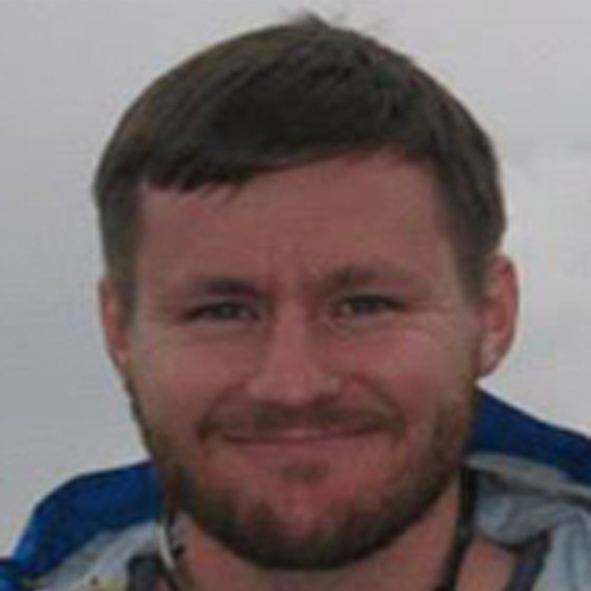 |
Chadlin Ostrander – Arizona State University – Ph.D. Completed
Chad has finished his Ph.D. at ASU on Mo and Tl isotopes. He recently started a WHOI Fellowship. At FSU and collobrations with the group have focused on utilizing Tl isotopes from a wide range of samples to better understand the evolution of oceanic (de)oxygenation events. It is especially important to understand ocean oxygen contents that encompass the rise of animals and atmospheric oxygen to better constrain the envirnomental changes during this time. |
 |
Mary Powell - Undergraduate Degree
Mary graduated with her undergraduate degree in May 2016. She was working on thallium isotopes in sediment cores from the Santa Barbaa Basin to test changes in Mn-oxide burial variations during glacial-interglacial timescales as part of the FSU-MagLab REU program.
|
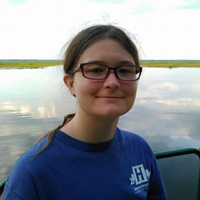 |
Ashley Prow - Undergraduate Degree
Ashley graduated in May 2017 with an undergraduate degree in Chemistry. She was working on trace metal chemistry of organic-rich shales from several Mesozoic OAEs including OAE 2 samples from Pakistan.
|
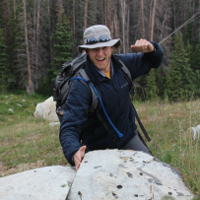 |
Kyle Rybacki - Visting Postdoctoral Fellow
As a visiting postdoc in the THOR lab he was working on Tl isotopes in Archean samples to better constrain the initiation and rise of oxygen in the early oceans.
|
 |
Travis Spake - Undergraduate Degree
Travis graduated with an undergraduate degree in Geology in 2018. He was helping on various projects dissolving sediments for trace metal analysis and thallium isotopes.
|
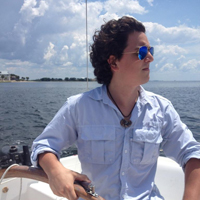 |
John Sutton - Undergraduate Degree
John graduated with degrees in Envionrmental Science and Chemistry. He helped setup lab procedures and begin several new projects using thallium isotpes.. His primary work has been on analyzing thallium isotopes in two Cretaceous OAE2 section for comparison.
|
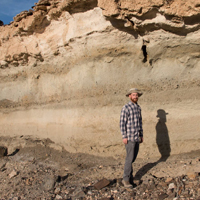 |
Dr. Theodore Them - Postdoctoral Researcher
Teddy is a professor at the College of Charleston. His main research interest revolved around understanding the causes and consequences of global environmental perturbations during the Early Jurassic Toarcian OAE. At FSU Teddy investigate thallium isotopes during the T-OAE (PNAS paper), mercury enrichments, trace metal systematics and other Earth System Sciences. His work lead to several grant submissions while at FSU-MagLab. |
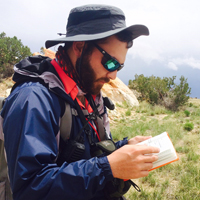 |
Kyle Turner - Masters Degree
He completed his master's in May 2018 with a research project that involved REE concentrations and thallium isotopes in phosphorite deposits. Specifially, the depositional and/or diagenetic conditions that enrich these elements is important to constrain and may lead to an understanding of ocean chemistry.
|
 |
Jane Wadhams
Jane was a UROP, MagLab REU, and honors in the major Geology student. She used Tl isotopes to investigate marine deoxygenation during the Paleocene-Eocene Thermal Maximum. |
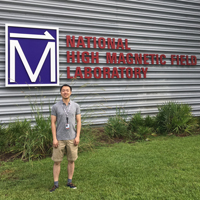 |
Dr. Fei Wu - Postdoctoral Researcher
Fei is research scientist at Macquarie University in Australia. He had a very productive two years at FSU - MagLab that will lead to 3 to 4 manuscripts. His research at FSU investigated the vanadium isotope signature of modern sediments to fingerprint low oxygen environments with potential application to the ancient record. His work helped to land a highly competetive NASA Exobiology grant.
|